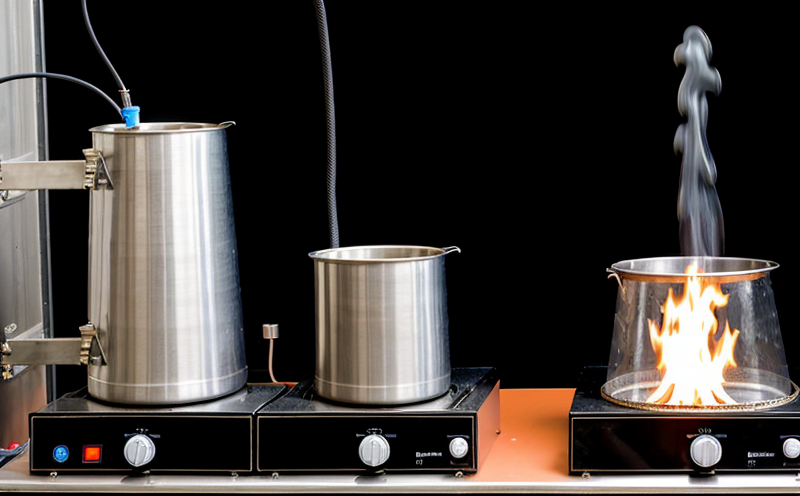Heat Release Testing of Automotive Interior Materials
The automotive industry places a premium on safety and compliance with international standards. Heat release testing is one such critical process that ensures the materials used in automotive interiors do not pose fire hazards or contribute significantly to fire propagation. This service involves assessing how much heat, smoke, and gases are released when exposed to an ignition source.
Automotive interior components like upholstery, seatbelts, and trim are subjected to rigorous testing that simulates real-world scenarios in the event of a fire. The data obtained from these tests is essential for manufacturers to make informed decisions about material selection and design modifications aimed at improving occupant safety. This service helps ensure compliance with international standards such as ISO 56602, which specify methods for measuring heat release rates.
The testing apparatus typically comprises a calorimeter designed specifically for small samples of automotive interior materials. The sample is placed inside the calorimeter and exposed to controlled heating conditions. Sensors measure key parameters including temperature rise, heat release rate (HRR), smoke production, and other relevant indicators. These measurements provide insights into the material's combustion behavior under specific conditions.
The process begins with thorough specimen preparation ensuring uniformity across all samples tested. Specimens are cut to standardized dimensions based on industry best practices. After preparation, the specimens undergo rigorous testing which involves subjecting them to various ignition sources and observing their response over time. The data collected during this period is analyzed meticulously to determine whether the material meets specified performance criteria.
One of the primary goals of heat release testing is to evaluate materials' resistance against flame spread, smoke generation, and toxic gas emissions when exposed to fire. By understanding these characteristics, manufacturers can optimize their product designs for better safety outcomes without compromising on style or functionality. This service plays a crucial role in ensuring automotive interiors meet stringent regulatory requirements set forth by organizations like the National Fire Protection Association (NFPA).
For quality managers and compliance officers responsible for overseeing material selection processes within large manufacturing plants, having access to reliable heat release testing services is indispensable. It allows them to stay ahead of emerging trends in fire safety technology while maintaining adherence to established standards.
- Customer Impact and Satisfaction: Enhanced confidence in product quality through rigorous compliance with industry norms.
- Competitive Advantage and Market Impact: Differentiation from competitors by offering safer products compliant with latest regulations.





